Brown & Goldstein: Celebrating 50 Years of Partnership
Friday, October 14, 2022
Join us in person at
Tom and Lula Gooch Auditorium, UT Southwestern Medical Center
5323 Harry Hines Blvd., Dallas, Texas
About the Symposium
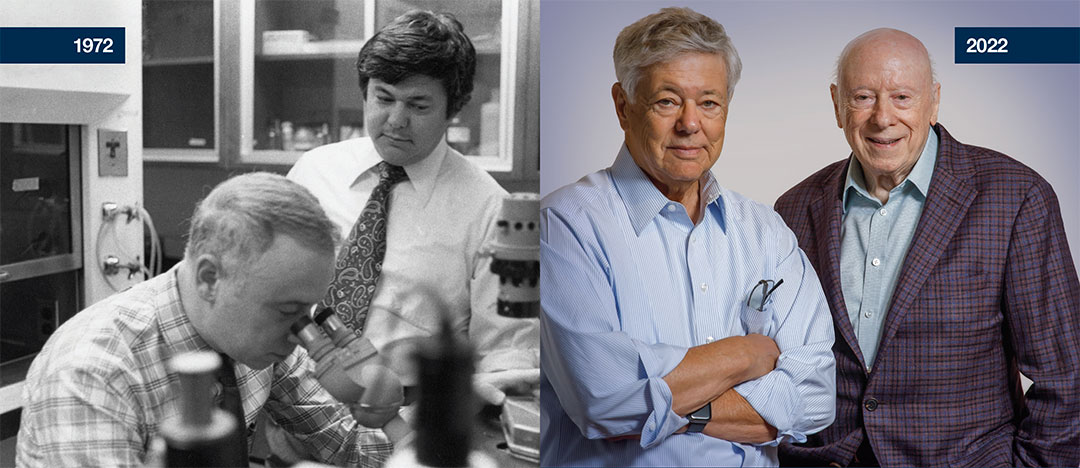
This year, UT Southwestern Regental Professors and Nobel Laureates Drs. Michael S. Brown and Joseph L. Goldstein celebrate 50 years of their collaborative research. The duo launched their joint laboratory at UTSW in 1972 and received the 1985 Nobel Prize in Physiology or Medicine for discovering the LDL receptor and its role in cholesterol metabolism. Their collaboration has been one of science’s most successful partnerships over the past five decades.
All UTSW faculty, staff, and learners are invited to an all-day symposium, “Brown and Goldstein: Celebrating 50 Years of Partnership,” and reception to honor Drs. Brown and Goldstein on Friday, October 14. The symposium will feature 10 distinguished speakers, including two Nobel Laureates, from across the United States and the world.
Lunch will be provided during the symposium, and a reception will follow.
Featuring Distinguished Speakers
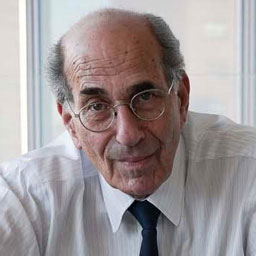
Richard Axel, M.D.
Topic: Drifting and Disappearing Sensory Representations in the Cortex
Investigator, Howard Hughes Medical Institute (1984)
Nobel Prize in Physiology or Medicine (2004)
Member, National Academy of Sciences (1983)
Professor and co-Director, Zuckerman Institute, Columbia University
Dr. Axel identified more than 1,000 special receptors in the nose that transmit olfactory information – our sense of smell – to the brain. His current work centers on how recognizing odors leads to meaningful thoughts and behavior.
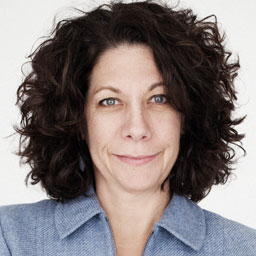
Bonnie L. Bassler, Ph.D.
Topic: Quorum Sensing Across Domains: From Viruses to Bacteria to Eukaryotes
Investigator, Howard Hughes Medical Institute (2005)
Member, National Academy of Sciences (2006)
Chair and Professor, Department of Molecular Biology, Princeton University
Dr. Bassler discovered key insights into the ways bacteria communicate, known as quorum sensing. Her research is paving the way to the development of novel antimicrobial therapies by disrupting quorum-sensing-mediated communication.
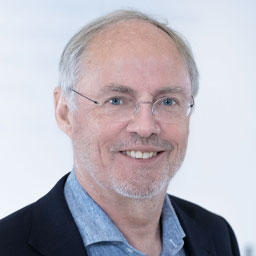
Hans Clevers, M.D., Ph.D.
Topic: Organoids to Model Human Disease
Member, National Academy of Sciences (2014)
President, Royal Netherlands Academy of Arts and Sciences
Head of Pharma Research and Early Development, Roche (Switzerland)
Professor, Molecular Genetics, Utrecht University
Dr. Clevers was the first to identify living stem cells in the intestine and is one of the world's leading researchers on adult stem cells, their role in cancer, and their potential for regenerative therapy.
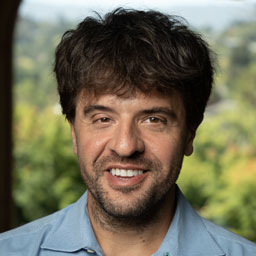
Karl Deisseroth, M.D., Ph.D.
Topic: Inner Workings of Channelrhodopsins and Brains
Investigator, Howard Hughes Medical Institute (2014)
Member, National Academy of Sciences (2012)
Professor, Departments of Bioengineering; Psychiatry and Behavioral Sciences, Stanford University
Dr. Deisseroth specializes in affective disorders and autism-spectrum disease and has discovered neural cell types and connections that cause adaptive and maladaptive behaviors. His laboratory created transformative technologies to control neurons with light, called optogenetics, as well as hydrogel-tissue chemistry methods to study intricate details of intact tissues.
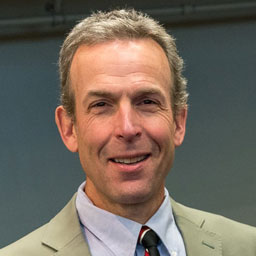
K. Christopher Garcia, Ph.D.
Topic: Engineering Cell Surface Signaling
Investigator, Howard Hughes Medical Institute (2005)
Member, National Academy of Sciences (2012)
Member, National Academy of Medicine (2016)
Professor, Department of Molecular and Cellular Physiology, Department of Structural Biology, Stanford University
Dr. Garcia's laboratory investigates structural and functional aspects of cell surface receptor recognition and activation. His focus has been on receptor systems of the immune system (TCR/MHC, cytokines, chemokine GPCR), but he also studies other receptor-ligand complexes that are important in neurobiology and development.
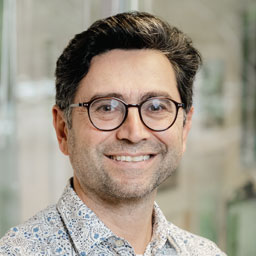
Ardem Patapoutian, Ph.D.
Topic: How Do You Feel? The Molecules That Sense Touch
Investigator, Howard Hughes Medical Institute (2014)
Nobel Prize in Physiology or Medicine (2021)
Member, National Academy of Sciences (2017)
Professor, Department of Neuroscience, Scripps Research
Dr. Patapoutian discovered the molecular underpinnings of the sense of touch. He identified novel ion channels activated by temperature, mechanical force, and increased cell volume. His laboratory has shown that these ion channels play crucial roles in sensing temperature, touch, proprioception, and pain.
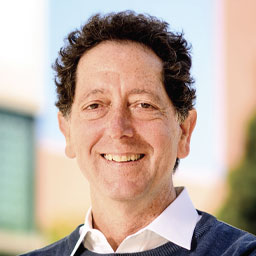
Kevan M. Shokat, Ph.D.
Topic: Small Molecule Mutant-Specific K-Ras Inhibitors
Investigator, Howard Hughes Medical Institute (2005)
Member, National Academy of Sciences (2009)
Professor, Department of Cellular and Molecular Pharmacology, University of California, San Francisco
Professor, Department of Chemistry, University of California, Berkeley
Dr. Shokat uses methods of bioorganic chemistry to decode cellular signaling networks at the single cell and whole organism levels. He is particularly interested in developing methods to understand the differences and functions of the largest family of enzymes in the human genome, protein kinases.
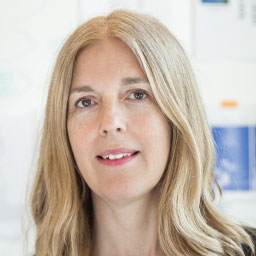
Leslie B. Vosshall, Ph.D.
Topic: Neurobiology of the World’s Most Dangerous Animal
Investigator, Howard Hughes Medical Institute (2008-2022)
Member, National Academy of Sciences (2015)
Member, National Academy of Medicine (2021)
Professor and Head, Laboratory of Neurogenetics and Behavior, The Rockefeller University
Dr. Vosshall’s lab uses fruit flies, mosquitoes, and humans to understand how the nervous system processes and perceives odors. She also studies the genetic basis of mosquitoes’ host-seeking and blood-feeding behaviors. Work from the Vosshall lab led to the discovery that a mosquito co-receptor is responsible for its attraction to humans.
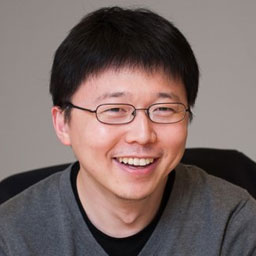
Feng Zhang, Ph.D.
Topic: Exploration of Biological Diversity
Member, National Academy of Sciences (2018)
Member, National Academy of Medicine (2021)
Core Member, Broad Institute
Professor of Neuroscience, Massachusetts Institute of Technology
Dr. Zhang is well known for his central role in developing optogenetics to control neurons with light and CRISPR gene-editing technologies. His lab is focused on using synthetic biology to develop technologies for genome and epigenome engineering to study neurobiology.
Photo by Stan Grazier
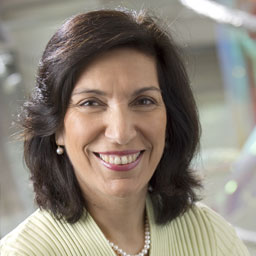
Huda Y. Zoghbi, M.D.
Topic: Rett Syndrome and MECP2 Disorders: An Enlightening Dialogue Between Bench and Clinic
Member, National Academy of Sciences (2004)
Member, National Academy of Medicine (2000)
Professor, Departments of Molecular and Human Genetics, Neuroscience and Neurobiology, Baylor College of Medicine
Director, Jan and Dan Duncan Neurological Research Institute
Editor, Annual Review of Neuroscience
Dr. Zoghbi’s work helped elucidate the genes and genetic mechanisms responsible for several devastating neurological disorders such as Rett syndrome and has provided new ways of thinking about other disorders such as Parkinson's disease, Alzheimer's, autism, and intellectual disability, which could lead to new therapeutics and better, more efficient treatments.
Agenda
| 8:45 a.m. | Welcome Drs. Helen Hobbs and Eric Olson, Symposium Chairs; Dr. Daniel K. Podolsky, President, UT Southwestern Medical Center |
| 9:00 a.m. | "Drifting and Disappearing Sensory Representations in the Cortex" Richard Axel, M.D. Professor and co-Director, Zuckerman Institute, Columbia University |
| 9:30 a.m. | "How Do You Feel? The Molecules That Sense Touch" Arden Patapoutian, Ph.D. Professor, Department of Neuroscience, Scripps Research |
| 10:00 a.m. | "Neurobiology of the World’s Most Dangerous Animal" Leslie B. Vosshall, Ph.D. Professor and Head, Laboratory of Neurogenetics and Behavior, The Rockefeller University |
| 10:30 a.m. | Break |
| 11:00 a.m. | "Small Molecule Mutant Specific K-Ras Inhibitors" Kevan M. Shokat, Ph.D. Professor, Department of Cellular and Molecular Pharmacology, University of California, San Francisco |
| 11:30 a.m. | "Exploration of Biological Diversity" Feng Zhang, Ph.D. Core Member, Broad Institute Professor of Neuroscience, Massachusetts Institute of Technology |
| Noon | Lunch |
| 1:30 p.m. | "Quorum Sensing Across Domains: From Viruses to Bacteria to Eukaryotes" Bonnie L. Bassler, Ph.D. Chair and Professor, Department of Molecular Biology, Princeton University |
| 2:00 p.m. | "Organoids to Model Human Disease" Hans Clevers, M.D., Ph.D. Head of Pharma Research and Early Development, Roche (Switzerland) Professor, Molecular Genetics, University of Utrecht |
| 2:30 p.m. | "Engineering Cell Surface Signaling" K. Christopher Garcia, Ph.D. Professor, Department of Molecular and Cellular Physiology, Stanford University |
| 3:00 p.m. | Break |
| 3:30 p.m. | "Inner Workings of Channelrhodopsins and Brains" Karl Deisseroth,, M.D., Ph.D. Professor, Departments of Bioengineering; Psychiatry and Behavioral Sciences, Stanford University |
| 4:00 p.m. | "Rett Syndrome and MECP2 Disorders: An Enlightening Dialogue Between Bench and Clinic" Huda Y. Zoghbi, M.D. Professor, Departments of Molecular and Human Genetics, Neuroscience and Neurobiology, Baylor College of Medicine |
| 4:30 p.m. | Closing Remarks Drs. Michael S. Brown and Joseph L. Goldstein |
| 4:45 p.m. | Reception |

